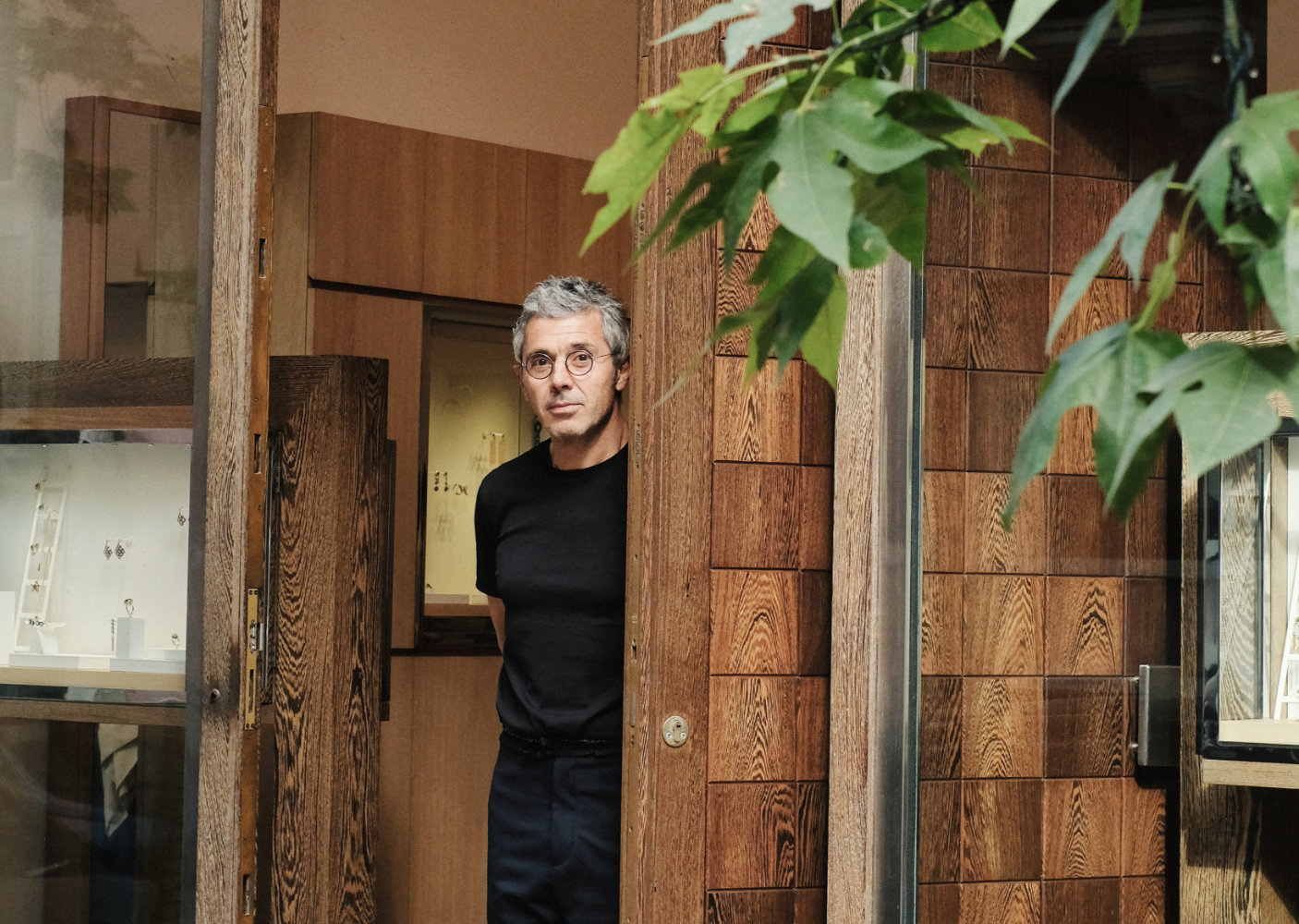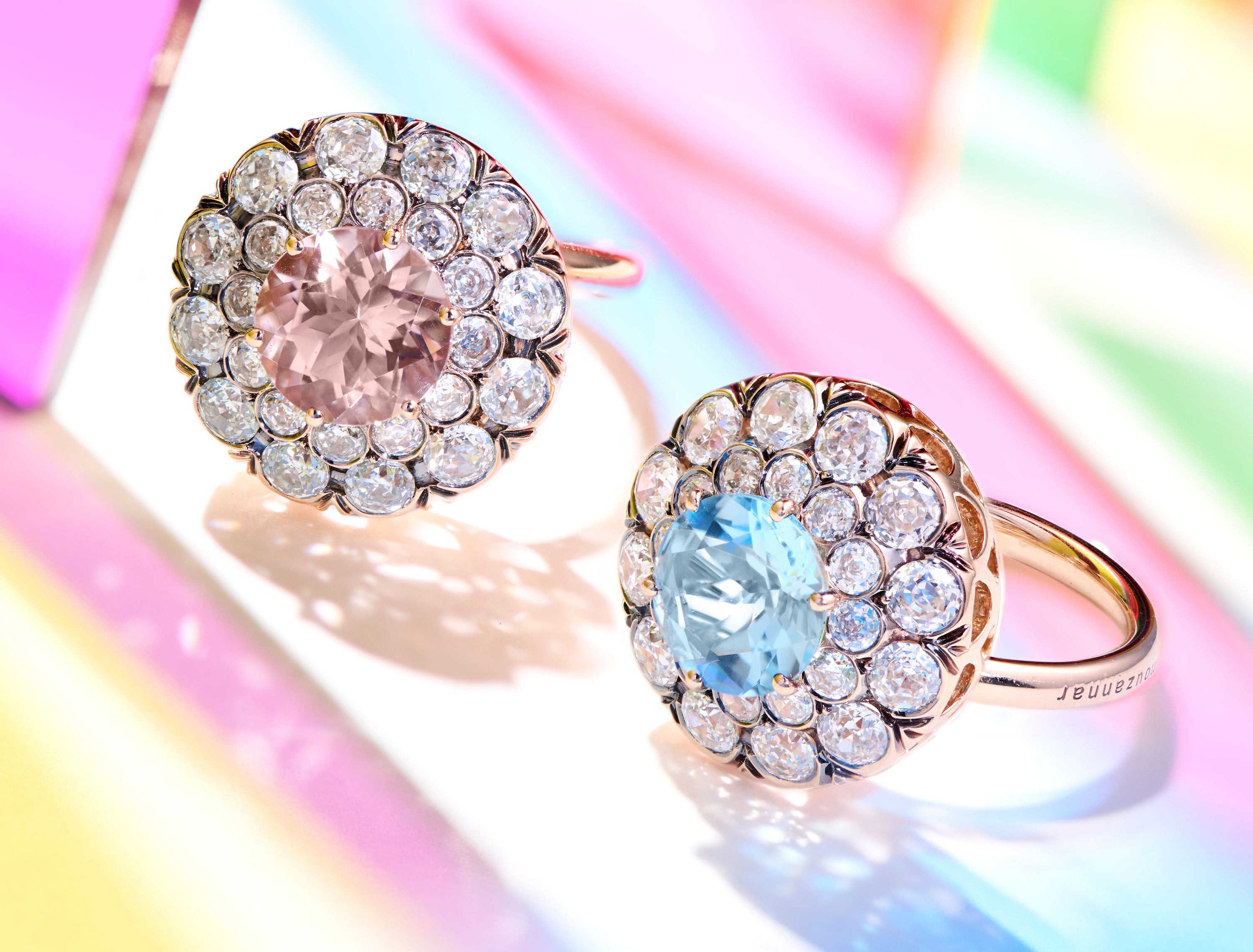Notre culture

Imaginer des bijoux dont la beauté touche au cœur, raconter une histoire, voyager, créer du lien : c'est dans cet esprit de partage chaleureux et joyeux que nous vous accueillons dans l'univers de Selim Mouzannar.
VIVE LA VIE !
Notre passion pour la joaillerie est intimement liée à une philosophie de vie : rêver sans jamais s'arrêter. Nos pièces coeur génèrent l'idée que créer de beaux bijoux est un devoir moral : l'optimisme et la non-violence sont au de notre travail. À l'instar de notre fondateur, nous révélons que la beauté de nos bijoux, par l'émotion qu'ils véhiculent, est une promesse de bonheur.
PUISSANCE, INTEMPORALITÉ ET DOUCEUR
Passer la porte d'une boutique Selim Mouzannar, c'est découvrir, partager, s'émerveiller, et essayer sans réserve et avec jubilation des pièces de joailleries exceptionnelles comme des bijoux raffinés de tous les jours. Nos pièces témoignent d'une volonté de confronter le passé à la modernité, d'un héritage en perpétuel mouvement. Les bijoux de Selim Mouzannar nous parlent du caractère brillant et extraverti de notre créateur, ils s'affirment et affichent une forte personnalité.
NOTRE HISTOIRE
Là où tradition et modernisme se rencontrent
La création ne doit jamais s'arrêter.
A lui seul un pont entre l'orient et l'occident, le joaillier franco-libanais Selim Mouzannar a connu les premiers émerveillements de son métier dans les souks foisonnants du vieux Beyrouth. Issu d'une dynastie d'experts, Selim Mouzannar garde de la tradition familiale un penchant pour le bijou ottoman et se passionne pour les pierres de couleurs naturelles qui inspirent ses collections.

EXPÉRIENCE UNIQUE
Après des études en minéralogie en France et en Belgique, il est engagé par un grand groupe joaillier pour diriger les ateliers de l'enseigne en Arabie Saoudite. Puis, il part vivre en Thaïlande où il mène la vie des chercheurs de pierres sur les mines de rubis, à la frontière birmane. Il y est arrêté par une milice locale sur la frontière Cambodgienne et garde de cette mésaventure une conscience politique qui fera de lui bien plus tard, de retour au Liban, un activiste de la non-violence. C'est à Beyrouth, sa ville natale, dans le quartier traditionnel d'Achrafieh, que Selim Mouzannar a ouvert son premier atelier, en 1993.




















